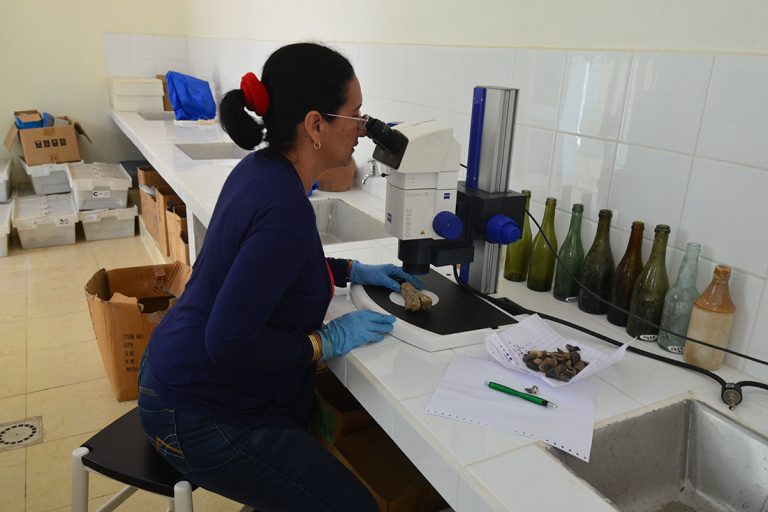Since time immemorial, an important moment in family life has been sitting at the table together and appreciating the taste of good food.
What to say when dusting off the memories and finding that grandmother’s recipe that was passed down from generation to generation and no one can give it the special flavor that only she knows!
An adequate diet is not only to satisfy tastes, always guided by cultural codes; it is an essential necessity to maintain a good health. A well-nourished person manages to maintain a balance between the body and the environment, since nutrition fulfills a biological function; by supplying the body with the essential substances for its development.
Referents
The main ethnic backgrounds of our people were Hispanic and African, all of them shaped the eating habits of the Cuban, not to mention French, Franco-Haitian and Chinese elements.
Together, they all make up the genesis of our culinary system, so it would be very difficult to categorically affirm the specific origin of a certain dish because it constitutes a mixture of idiosyncratic roots. This is defined by some authors as the result of the transculturation process.
Historically, food is part of everyday life, displaying an inherent power of human relationships. Wealth and poverty are reflected in the contrasts of diets, which indicate the social differences between individuals.
From literature
The article “Food and social relations in colonial Cuba”, by Ismael Sarmiento Ramírez states:
In colonial Cuba, all basic foods (root vegetables, bananas, fruits, rice, beans, jerky and cod) were common to the population. Even affirming that until 1868 the problem was more of quantity than variety, throughout the island, the island’s inhabitants were not short of food; because the subtropical climate of the country facilitates the frequency of crops … *
In ethnohistoric records, such as travelers’ stories from the late eighteenth century, there are related foods that could not be missing on the tables, such as fresh jerky and white rice, integrated in all dinners, some sources do not fail to mention the Cayo Romano jerky, jurisdiction of Camagüey, which came to have a lot of prestige in press advertisements, in culinary recipe books and in the traditional literature of the time.
There were many compliments to Camagüey’s meals: “abundant, sumptuous and splendid”. *
The choice of recipes was always an important issue in addition to the type and portion of the meat; they had to be fresh, with a great preference for beef, judging by its frequency in the material records. In general, beef was seen in colonial times as an essential food, both to maintain the strength of a sick person and to give more vigor to a healthy person.
Ismael Sarmiento points out in the book: Cuba between opulence and poverty: “Around 1862, the cattle wealth, say (cattle and pigs) on the island, specifically in the central department of Puerto Principe, is in the first line, with 18.1 % of livestock for consumption.”

In which way does zooarchaeology help us? (Fig.1) (work with bones recovered in archaeological excavations) It can provide wide possibilities of knowledge about the gastronomic practices of our city.
For different periods in this sense, the interest is directed to establish considerations about the contribution of research in urban domestic contexts, and how these studies contribute to protect the cultural references of eating habits, which confirms, once again, the historical dimension of traditions.

Wide information, ranging from the species used and preferences, marks, cuts (Fig. 2 and Fig. 3) and cooking traces in the preparation, to a slaughter age pattern of the animals, estimated mainly in young or young adults, by the characteristics of the bones such as the porosity and the fusion of the diaphysis and the epiphysis (parts of them).

The diversity of recipes that appear in the anonymous book Manual of the Cuban cook of 1856, proving of a rich culinary culture, based on a variety of edible resources and their combinations to satisfy or face different daily situations.
Archaeological vision
The archaeological record shows the validity that meats have always played an important role, since it is attributed a high nutritional and health restorative potential; while noting that it helps to stimulate the palate of patients.
With the analysis of the material exhumed in archaeological excavations carried out by the archeology group of the OHCC Research Directorate, answers are given to enigmas related to the subject, although there are still mysteries, which mark the way for future explorations, referring to traditions, diets and customs of the legendary Puerto Príncipe.
Translated by: Aileen Álvarez García






